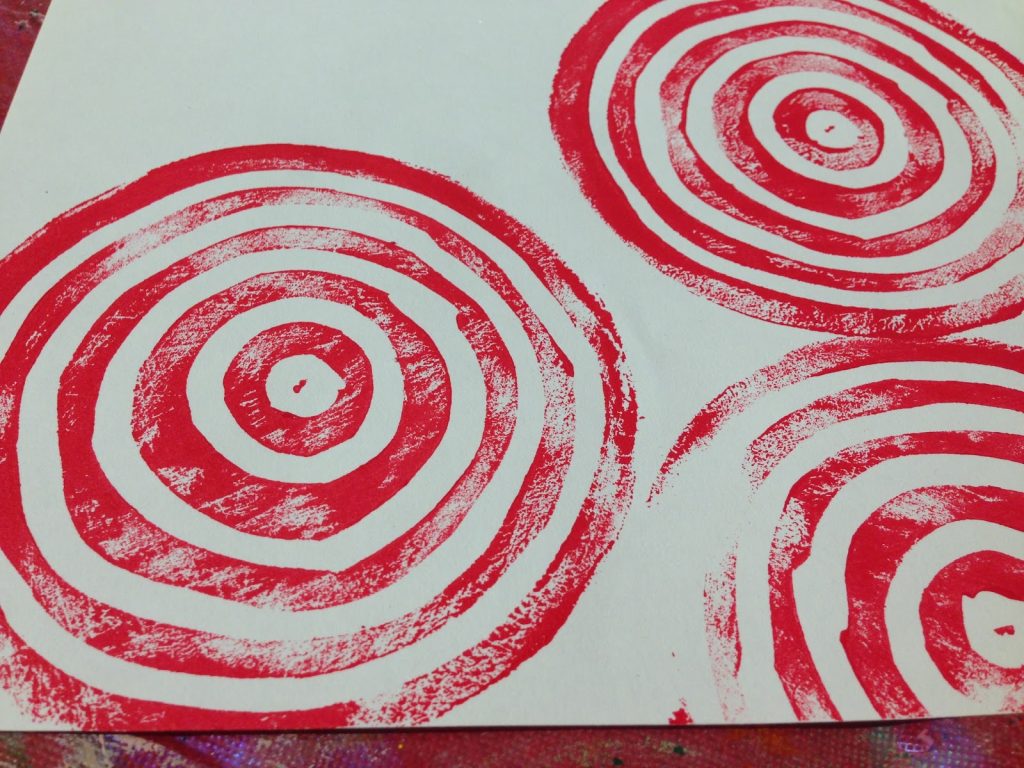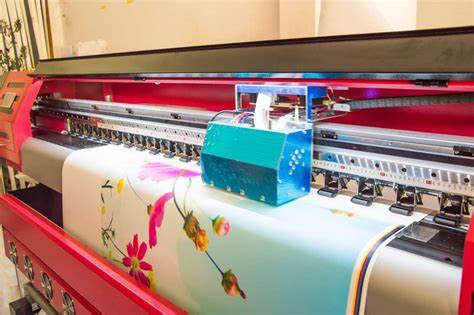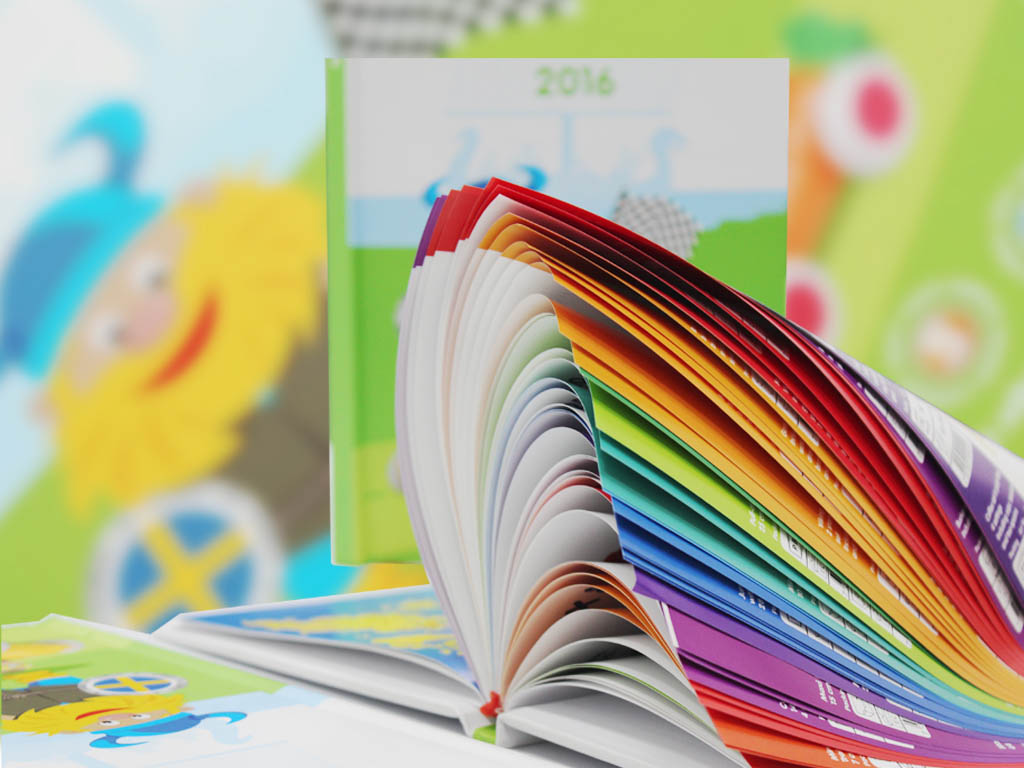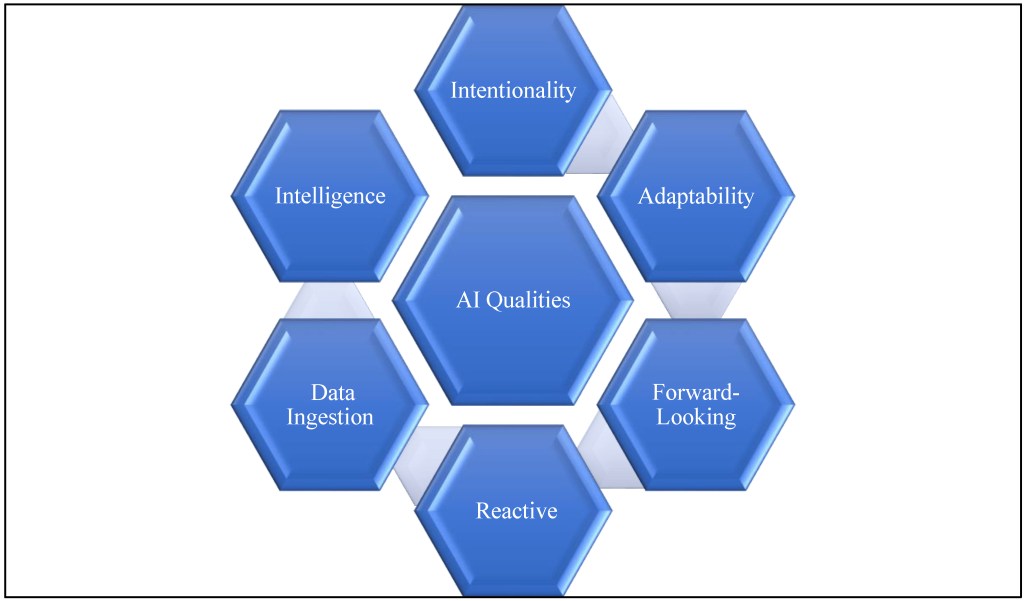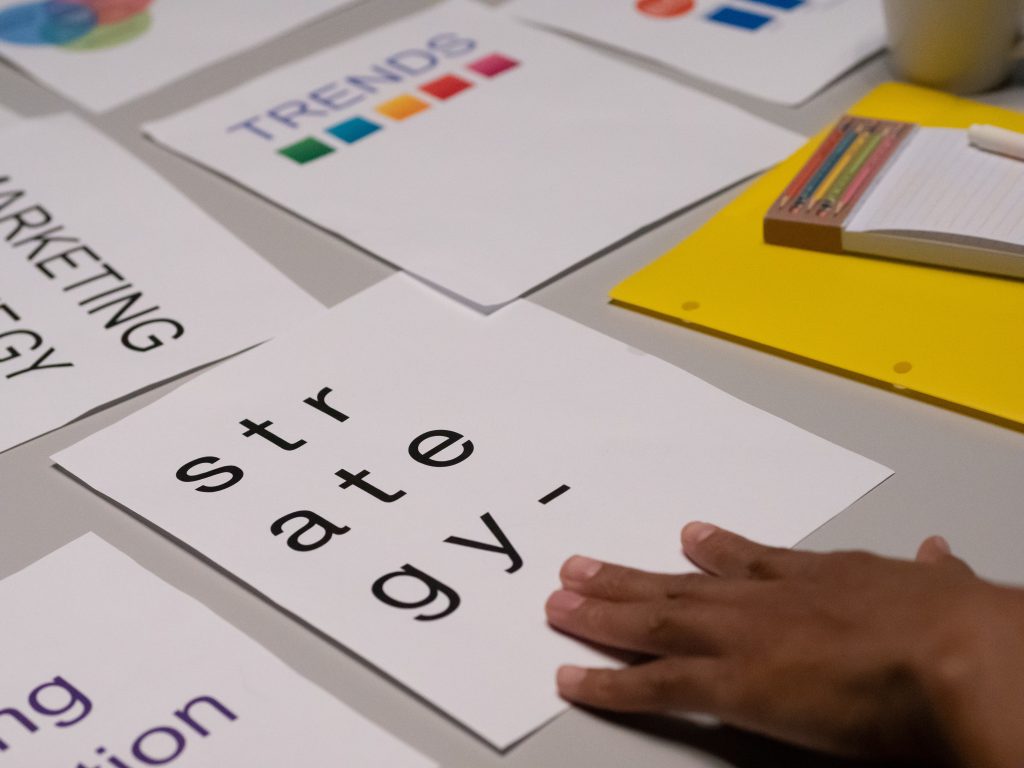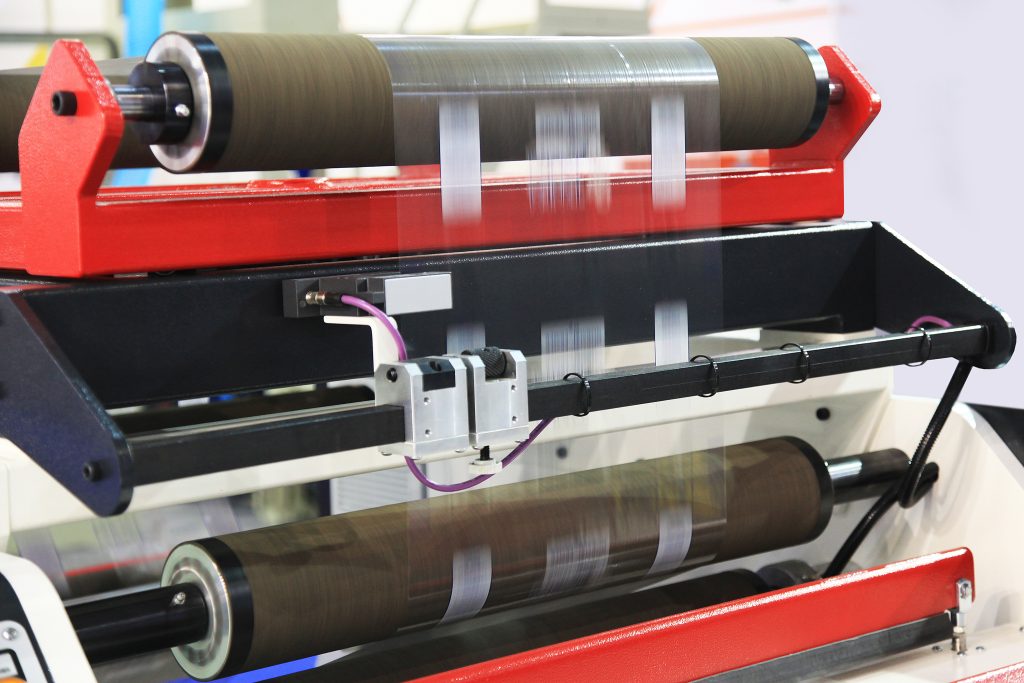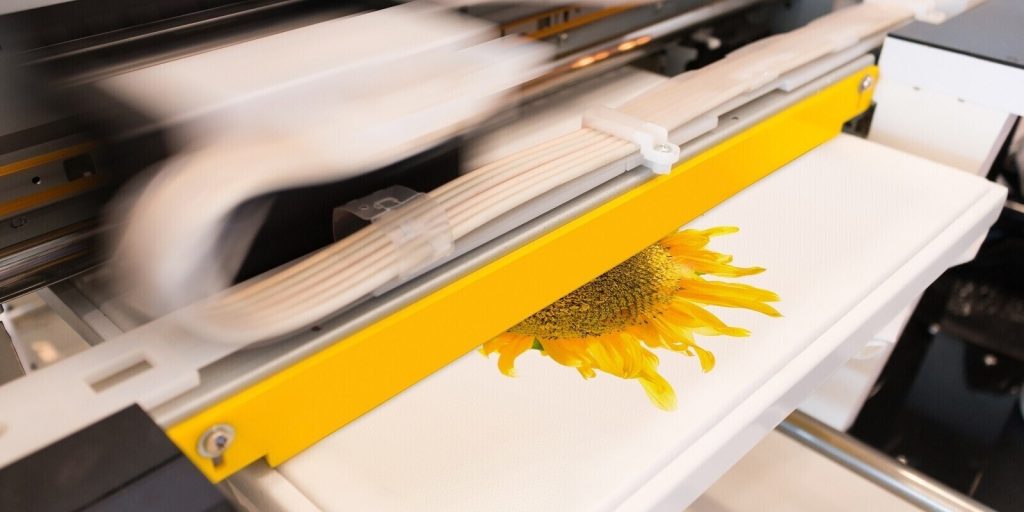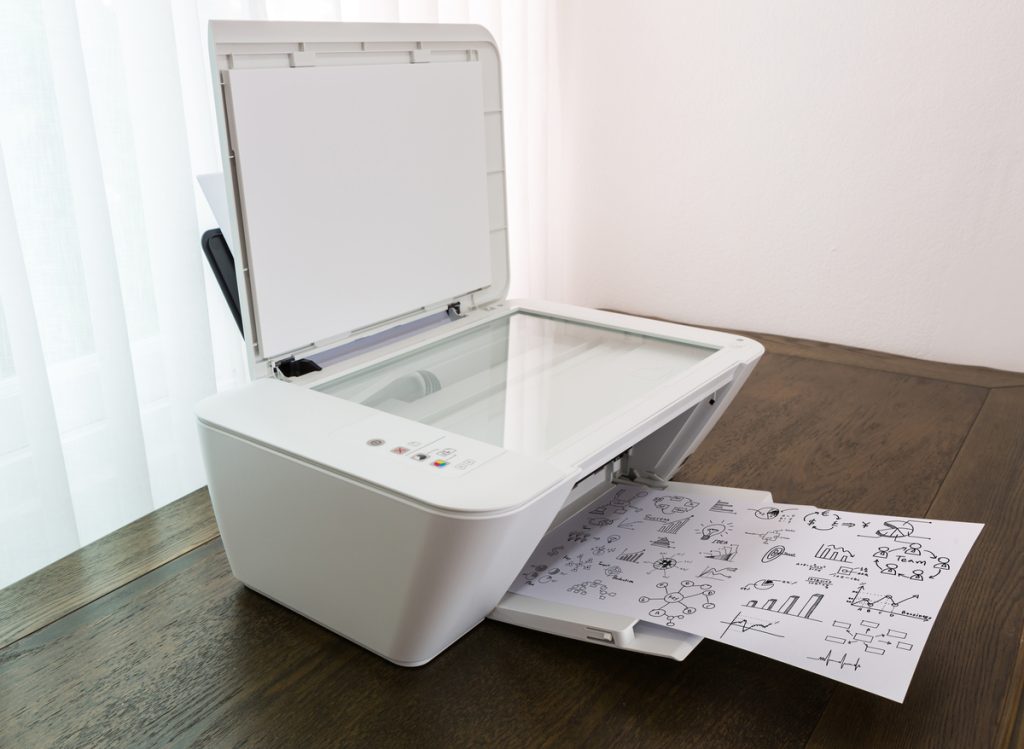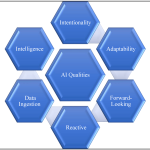The Art of Offset Printing: A Comprehensive Guide
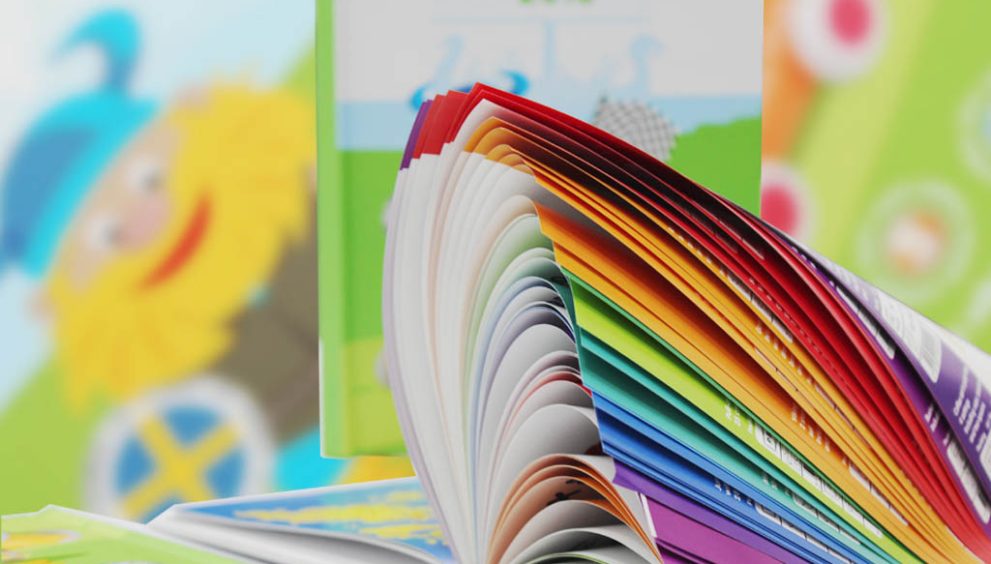
In an era dominated by digital technologies, there’s a timeless and captivating art form that continues to shape our world – offset printing. This intricate and versatile printing technique has been a cornerstone of the industry for over a century, consistently delivering high-quality results. In this comprehensive guide, we will embark on an extensive exploration of the art of offset printing, unraveling its history, mechanics, and its unwavering significance in the ever-evolving landscape of print.
Chapter 1: The Origins of Offset Printing
The origins of offset printing can be traced back to the late 19th century when the pioneers of the printing world were seeking a more efficient and economical method than traditional letterpress printing. The early 1900s saw the development of offset lithography, which would ultimately revolutionize the industry.
Offset Lithography: A Printing Revolution
Offset lithography revolutionized the industry by introducing a concept that hinges on the principle that oil and water do not mix. This process involves creating an image on a printing plate, typically made of aluminum or a similar material. This chapter delves into the evolution of offset printing from its inception to its modern-day applications, showcasing its adaptability and endurance.
The Ingenious Principle Behind Offset Printing
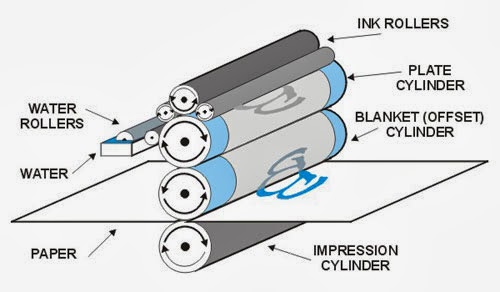
Offset printing operates on a deceptively simple yet ingeniously effective principle – the repulsion of oil and water. Understanding this principle is pivotal to comprehending how offset printing works. We’ll delve into the details of this mechanism and how it has contributed to the longevity of offset printing.
Chapter 2: Understanding the Offset Printing Process
At the heart of offset printing is a delicate balance between ink and water, demanding precision and expertise. This chapter provides an exhaustive examination of the various components of an offset printing press, including:
Plates: The Foundation of Printing Precision
Printing plates, typically made of aluminum, serve as the foundation of offset printing. We’ll explore the plate-making process, which can range from conventional methods to state-of-the-art computer-to-plate technology. A deep understanding of this critical component is essential for producing high-quality prints.
The Inking System: The Art of Ink Application
Offset printing employs oil-based ink, and this chapter elucidates how the inking system functions to apply the ink uniformly to the plates. The intricate dance between the ink rollers and the plates is central to achieving precise and consistent results.
Printing Cylinders: The Heart of Precision
Central to the process, printing cylinders transfer the image from the plates to the paper. We delve into the complexities of their function and maintenance, revealing how meticulous attention to detail ensures each print is a masterpiece.
Paper Feed System: The Unseen Hero
Precise paper movement through the press is critical for consistent and accurate prints. This section illuminates the intricacies of the paper feed system, from paper loading to delivery, highlighting its often-overlooked role in the printing process.
Chapter 3: Prepress and Offset Printing
The journey of a print job commences long before the first sheet of paper feeds into the press. This chapter delves into the pivotal prepress stage, where design and preparation lay the foundation for a successful print run. Key components of this phase include:
Plate Making: From Art to Plate
Understanding the process of creating printing plates is fundamental to grasping prepress. We’ll explore plate-making techniques, ranging from traditional methods to cutting-edge computer-to-plate technology, and how each impacts the final print.
Color Separation: Achieving Precision in Color
Achieving precise color reproduction involves breaking down the design into its constituent colors, typically using the CMYK (Cyan, Magenta, Yellow, Key/Black) color model. We demystify the process of color separation, showcasing how it’s executed with meticulous attention to detail.
File Preparation: The Blueprint for Success
To ensure your digital files are print-ready, meticulous preparation is essential. We guide you through best practices, addressing resolution, color profiles, and file formats. Understanding these technical aspects ensures your designs translate flawlessly to the printed page.
Chapter 4: The Art of Color Printing
Color is the lifeblood of offset printing, and mastering the nuances of color management is pivotal. This chapter provides a deep dive into the world of color, encompassing:
CMYK vs. RGB: The Color Paradigm
An exploration of the fundamental distinctions between CMYK and RGB color models and the reasons behind CMYK’s prominence in printing. Understanding these models is essential for achieving accurate color representation in your prints.
Color Mixing: A Spectrum of Hues
Delving into how varying ink percentages of the CMYK colors combine to yield an extensive spectrum of colors. The art of color mixing is at the heart of producing vibrant and true-to-life prints.
Color Calibration: Precision at Its Core
The importance of calibrating printing equipment to guarantee consistency across print jobs, especially critical for branding and design projects. Calibration ensures that each print matches the intended color precisely.
Pantone Color System: Precision Beyond CMYK
The role of the Pantone system in attaining precise color matches and maintaining brand consistency. Pantone colors are vital for custom branding and design projects where exact hues are paramount.
Spot Colors: Adding Vibrancy and Versatility
How to leverage special spot colors to achieve specific and vibrant hues, often vital for custom branding and design. Spot colors offer versatility and precision, allowing you to achieve hues that are challenging to reproduce using the CMYK model.
Chapter 5: Paper Selection and Finishing Touches
The choice of paper is more than consequential; it’s transformative. It can profoundly impact the final product’s aesthetics and tactile qualities. In this chapter, we guide you through the diverse paper types, weights, and finishes available. An understanding of the characteristics of different papers empowers you to make informed choices that enhance the visual and tactile appeal of your printed materials. Additionally, we explore finishing touches, such as coatings, embossing, and varnishes, unveiling how these elements can add an extra layer of sophistication to your prints.
Paper Types: The Canvas of Your Vision
Understanding the various paper types, from matte to glossy, textured to smooth, and their suitability for different print projects. The choice of paper profoundly influences the final look and feel of your printed materials.
Paper Weights: Balancing Aesthetics and Functionality
Exploring the significance of paper weights, which impact durability and appearance. We’ll guide you in selecting the appropriate paper weight for your specific print project.
Paper Finishes: Elevating Visual and Tactile Appeal
An in-depth examination of paper finishes, such as matte, gloss, satin, and more. Each finish imparts a distinct look and feel to your prints, making it a crucial factor in the overall aesthetic.
Finishing Touches: The Art of Enhancement
Exploring advanced finishing options, including coatings, embossing, and varnishes, and how these elements can elevate the visual and tactile appeal of your printed materials. Finishing touches add an extra layer of sophistication and uniqueness to your prints.
Chapter 6: Offset Printing in the Digital Age
Though digital printing technologies have advanced significantly, offset printing retains its relevance and distinct advantages. This chapter examines the enduring strengths that make offset printing a preferred choice in various scenarios.
Cost-Efficiency in Large Print Runs

Offset printing excels in cost-efficiency for large print runs, where economies of scale come into play. The more
you print, the lower the cost per unit, making offset printing an economical choice for projects with high-volume requirements.
Precision and Consistency: The Offset Advantage
The precision and consistency achieved in offset printing are unparalleled. This makes it the preferred choice for projects requiring exact color matching and consistency, such as corporate branding and marketing materials.
Hybrid Printing Solutions: The Best of Both Worlds
We also explore hybrid printing solutions that seamlessly integrate offset and digital technologies. These solutions offer the flexibility of digital printing for variable data and personalized content, combined with the high-quality output of offset printing for static elements. Hybrid printing is the future of print customization.
Chapter 7: The Future of Offset Printing
As technology continues to evolve, offset printing evolves with it. In this final chapter, we cast our gaze toward the innovations and trends that are shaping the future of offset printing.
Automation and Digital Integration
Automation is assuming a greater role in offset printing, streamlining workflows and reducing turnaround times. Digital integration is becoming increasingly prominent, allowing for more efficient file handling and job management.
Environmental Sustainability
Environmental sustainability is a growing concern in the printing industry. Offset printing is adapting to this trend with innovations in eco-friendly ink and paper options. Water-based inks and recycled papers are becoming more prevalent, reducing the environmental impact of printing.
Advancements in Printing Technology
Advancements in printing technology continue to enhance the capabilities of offset printing. High-speed presses with improved registration accuracy and automated color control are making offset printing even more precise and efficient.
Offset printing is not merely a technique; it is an art form that has endured the test of time. In this comprehensive guide, we’ve embarked on a journey through its history, mechanics, and modern applications, reaffirming its place as a cornerstone of the printing world. As technology progresses, offset printing continues to adapt, securing its position as a go-to method for high-quality, precise, and enduring printed materials.
Whether you are a seasoned print professional or a newcomer to the world of printing, the art of offset printing is a captivating and essential skill worth exploring. Its rich history, intricate processes, and enduring relevance render it a captivating subject, deserving of continued admiration and study in the ever-evolving realm of printing. In an era where digital solutions abound, offset printing stands as a testament to the timeless value of craftsmanship and precision in the world of print, ensuring that it will continue to shape the printed landscape for generations to come. Offset printing is not just a technology; it is a timeless art form, a testament to the enduring value of craftsmanship and precision in the world of print.




